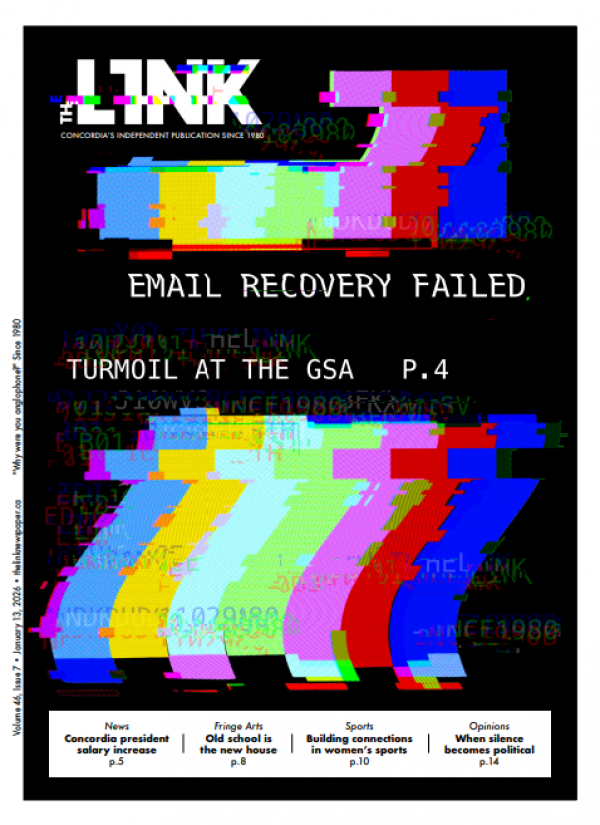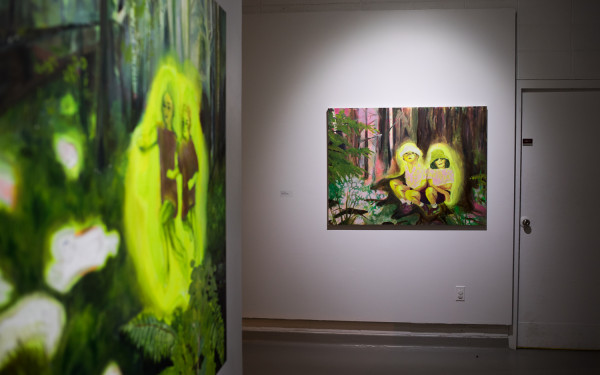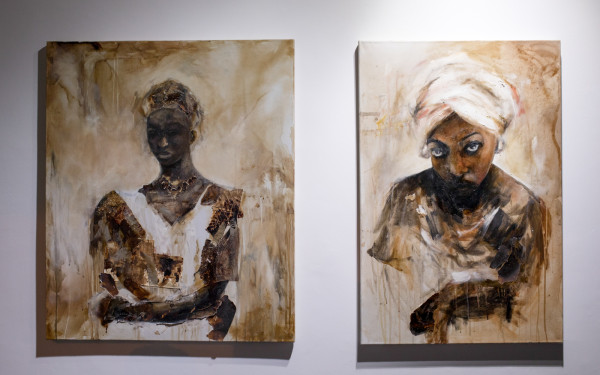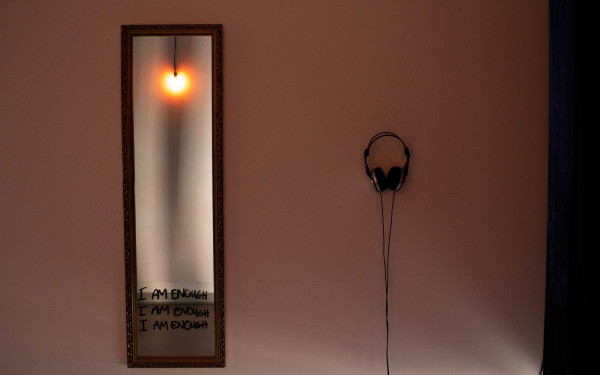Moving Landscapes
Trailer Obscura Takes the Photographer Inside the Camera
Concordia Fine Arts students Daniel Paterson and Bella Klein travelled from New York to Prince Edward Island this past summer with their camera literally hitched to the back of their car—a utility trailer that they converted into a five-foot by 10-foot camera obscura.
“The two of us have experimented a lot with pinhole cameras,” said Paterson. “We were both really drawn to pinhole because it’s a primitive form of photography and its outcome is not as certain as regular photography. Interesting things can happen each time you shoot.”
“I originally wanted to make my mom’s old car into a pinhole,” added Klein, “but her car was totally broken and I couldn’t get it over the border, so I bought the trailer.”
Klein and Paterson then took the trailer on a road trip, using the large-scale pinhole camera to capture their journey. The results, which they’ve called Trailer Obscura, are on display at Concordia’s VAV Gallery.
“The trailer is exciting,” admitted Paterson. “We wanted a big enough pinhole that we could be inside of during an exposure and be able to manipulate the paper and the image.”
The process is time-consuming and intricate. “We would decide on what we were interested in shooting, and stop the car,” Paterson explained. “Standing in front of the hole we would frame the shot we wanted. Then we would light-meter the scene and chose the appropriate hole-size for the exposure.
“We would go inside the camera and wait for our eyes to adjust to the darkness until we could see a projected image upside down and backwards, on the wall opposite the pinhole. Then we decided on the framing, and how big we wanted to make the photo.”
After covering the hole, they’d “cut the piece of photographic paper and staple gun it to the wall,” he continued. “We’d open the hole, sit and watch the image expose on the paper, and would burn and dodge if necessary. When we decide the exposure was complete, we’d cover the hole and roll up the paper and put the exposed image into our ‘film canister,’ a big light-safe tube.”
The process of developing the prints came after the two returned from their trip, in a classic darkroom atmosphere with oversized troughs. “On the trip we didn’t see or develop anything we shot,” said Paterson. “We just added to our tube until the end when we developed 200 feet of photo paper negatives!”
The process was a learning experience for both of them. “We only had three completely unusable black prints, but in terms of getting exactly what you expected, it rarely happens,” Paterson said. “It’s not the kind of photography you can 100 per cent plan.”
The duo is far from done with this experience, and already planning future photo adventures. “We’ve also built a new studio camera, fixed in one place, to experiment with portraits,” said Paterson. “We’re looking forward to experimenting with different types of photo paper.”
The show displays the actual trailer that Klein and Paterson used, as well as some of their large-scale photos and a book that the two compiled of their images. It’s landscape photography as many of us have never seen before, and definitely worth checking out.
Trailer Obscura / Nov. 7 to Nov. 18 / VAV Gallery (1395 René Lévesque Blvd. W.)

21_900_598_90.jpg)




